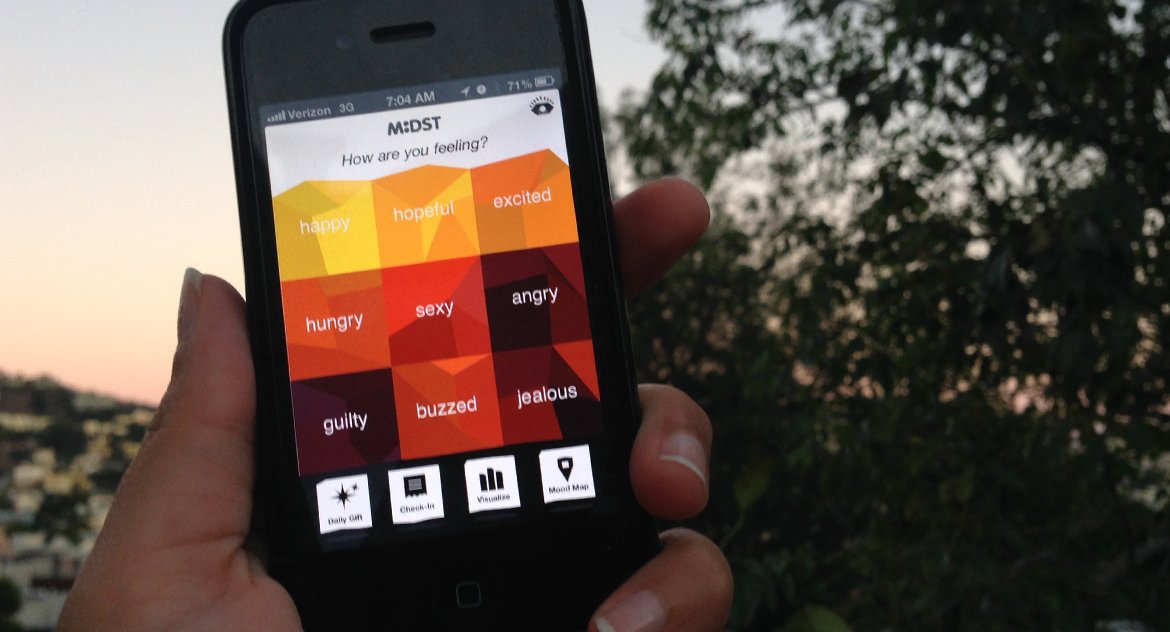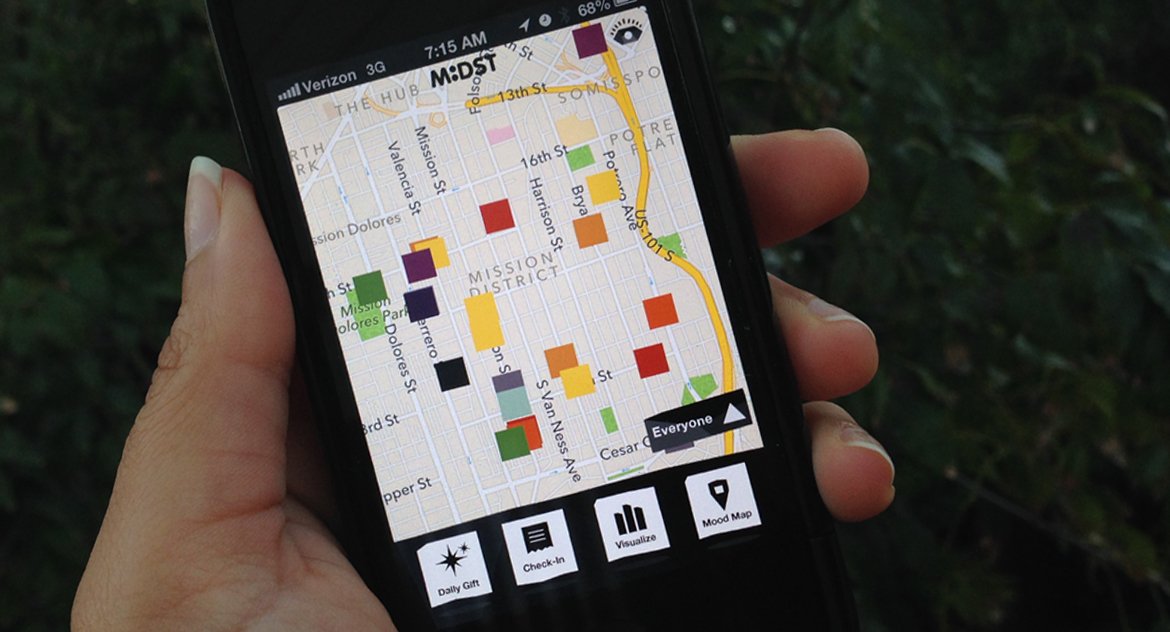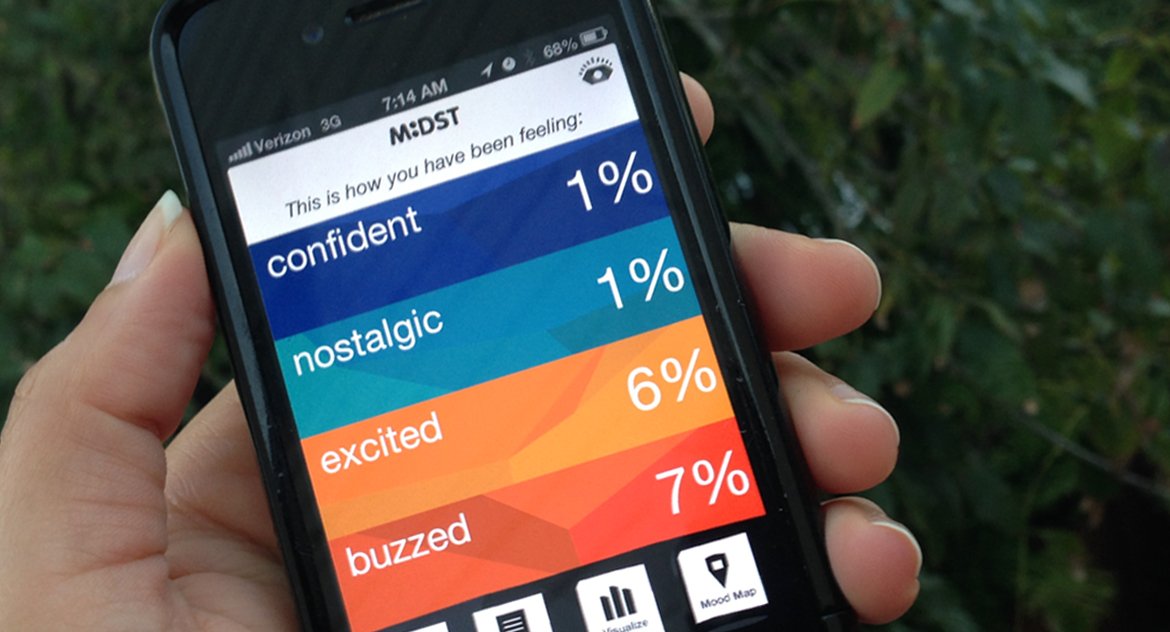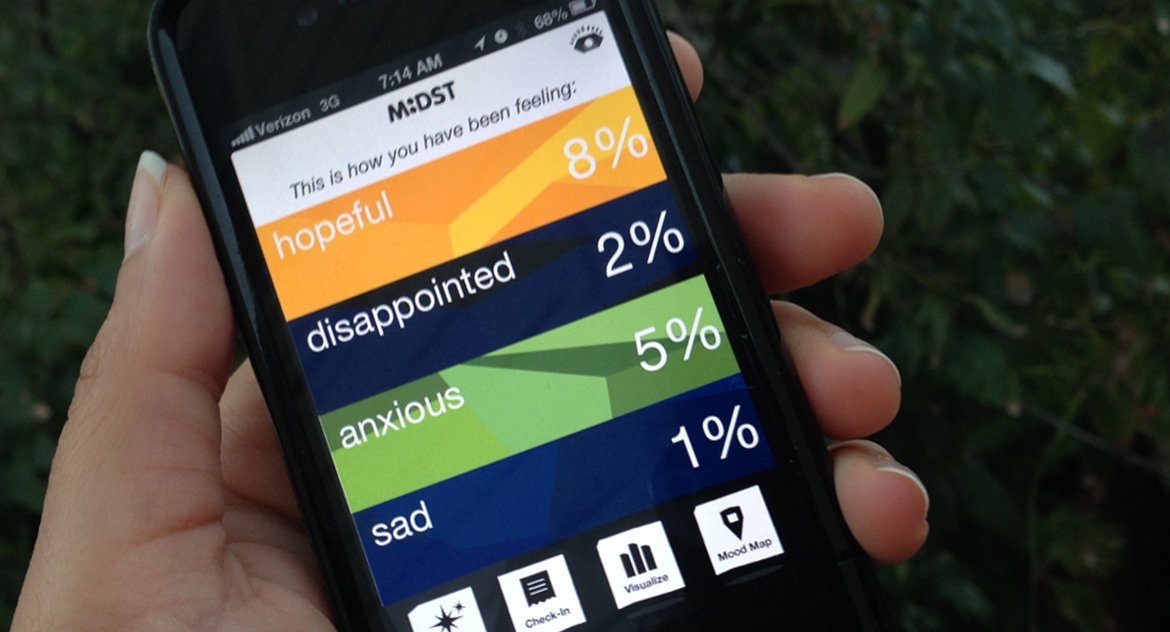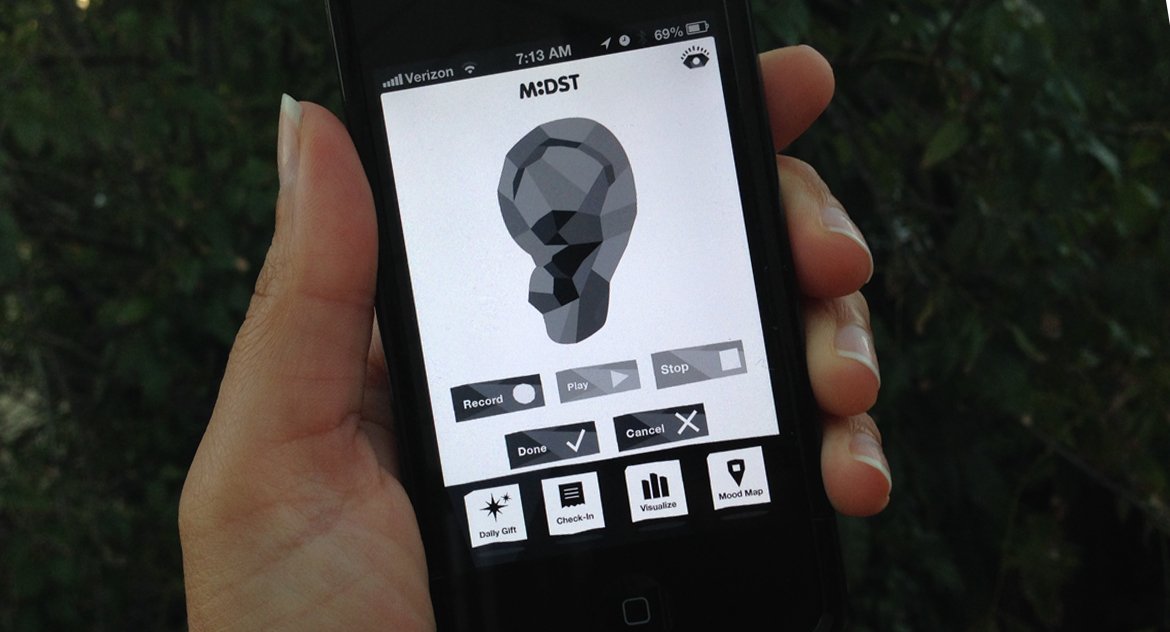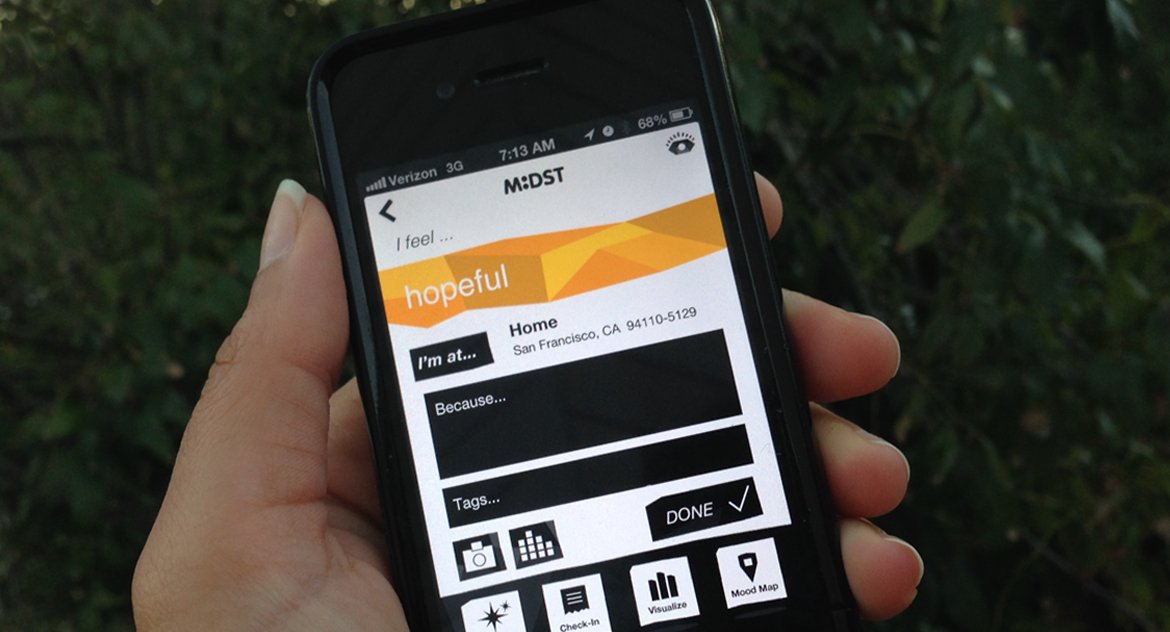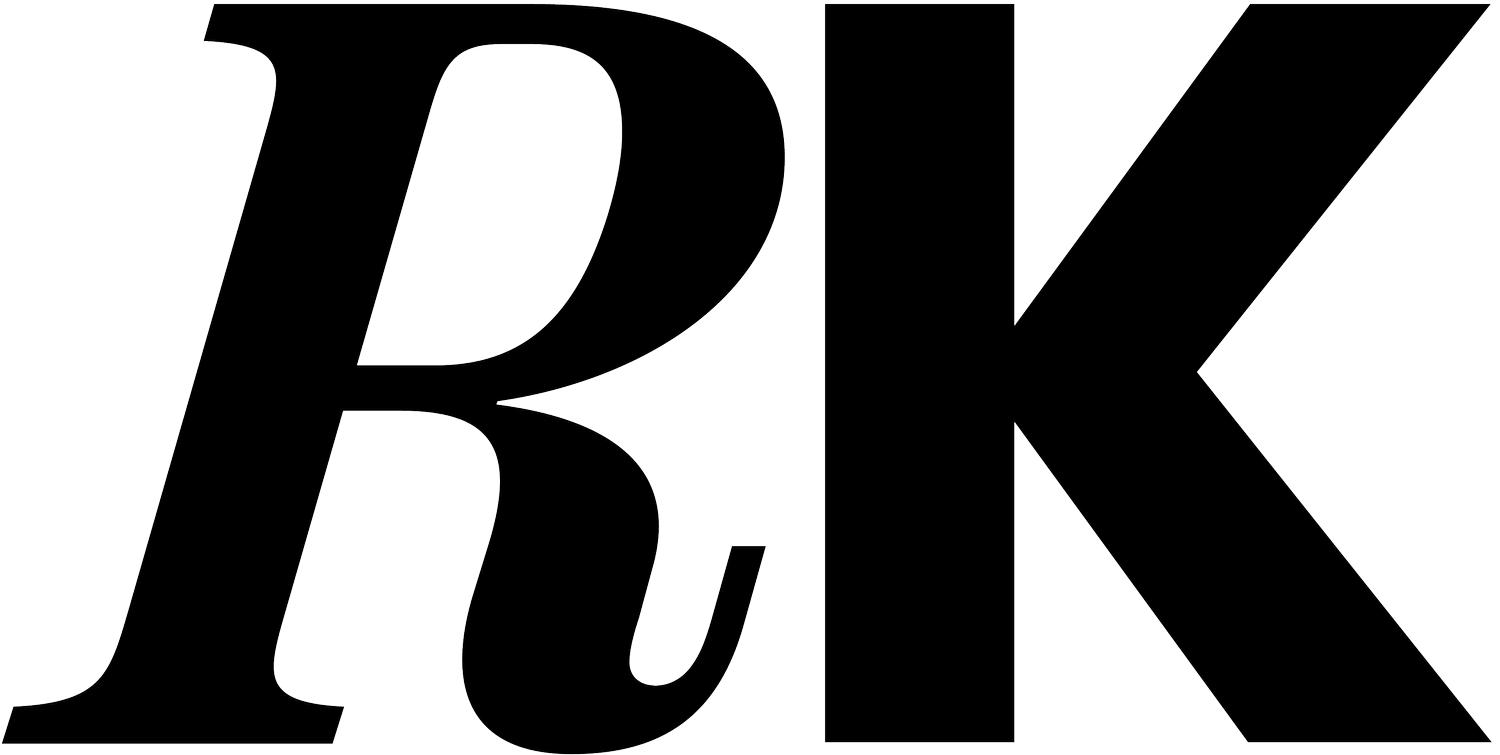
MOODIST (M:DST)
CONCEPT, CONTENT, BRANDING, USER EXPERIENCE, USER INTERFACE DESIGN
In regards to the Moodist, my co-creator Annabel Mangold and I were way ahead of our time. Just out of design school, we learned that a successful brand is tapped into the moods, emotions, and psychology of its customers. So Annabel and I were obsessed with how noticing the senses in different environments made one feel. We would search out hidden corners and experiences in the city. It wasn’t just the tourist spots, but maybe it was a quiet corner in Chinatown where you watched the pigeons and the laundry dry outside of a third story window. Annabel’s mother was also a therapist and mood tracking was a regular part of their vernacular. At the same time, we were getting interested in the Bay Area Quantified Self meetup group. The group was part Singularity fan club and part celebrating the stories and successes of everyday people tracking their biometrics to increase performance or productivity. So with all of that in mind, we came up with the Moodist – iOS mood tracking app..
It was a like a Yelp for emotion forward experiences and a mobile phone based diary. The Moodist helped you feel and recognize your emotions – a task that is lionized in 2024. In 2013, two women going into male dominated tech spaces to pitch this app wasn’t very successful. Nonetheless, after a hackathon and some sketching, we decided to build the app anyway to prove them wrong. We started with sketches and designing the logo and the brand. Then we created content. We found a hundred experiences in San Francisco, wrote copy and created an image for each one. Then we mapped them to moods. We iterated on the interface and the user experience. It was a place you could discover an experience or you could track and document your mood with words, images, and sounds. It was a really cool tool that got some press in Amsterdam. And Annabel was in talks with Kaiser to expand on it and redesign it securely to track data for their patients. Alas, funding and friendships ran dry before we did any more than the first version that made it to the App store. But it was a cool concept that has caught on a decade later with people prioritizing mental health and moods. There were little to no competitors before, but now you can find dozens of mood trackers and mood based apps for a variety of purposes.
Credits:
Concept and Design: Reena Karia & Annabel Mangold
Development: Aaron Jones
